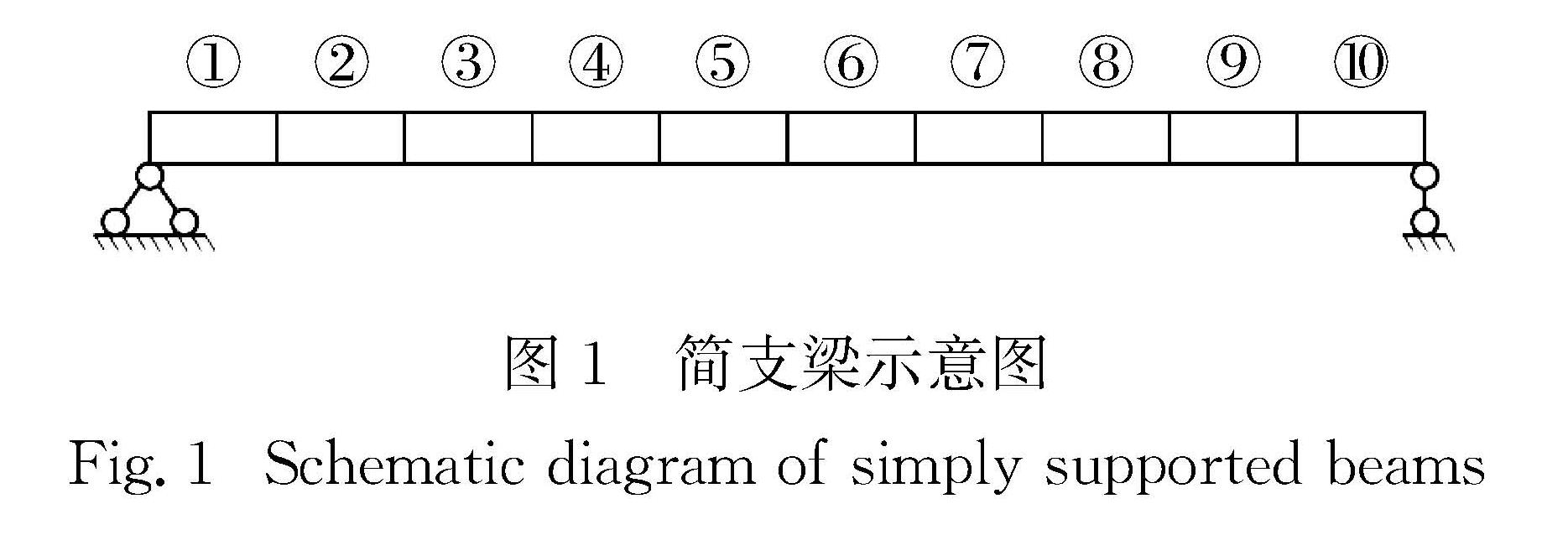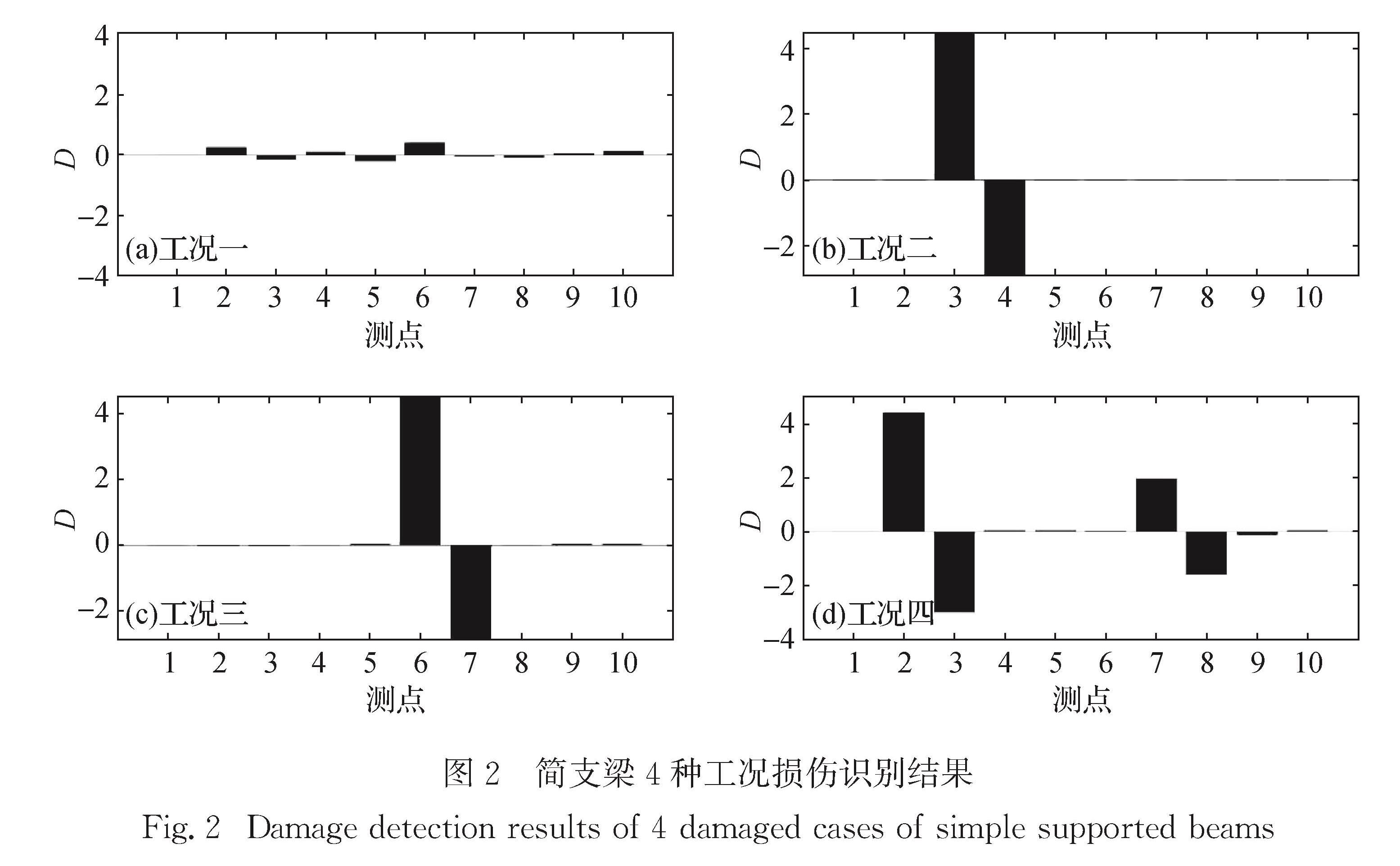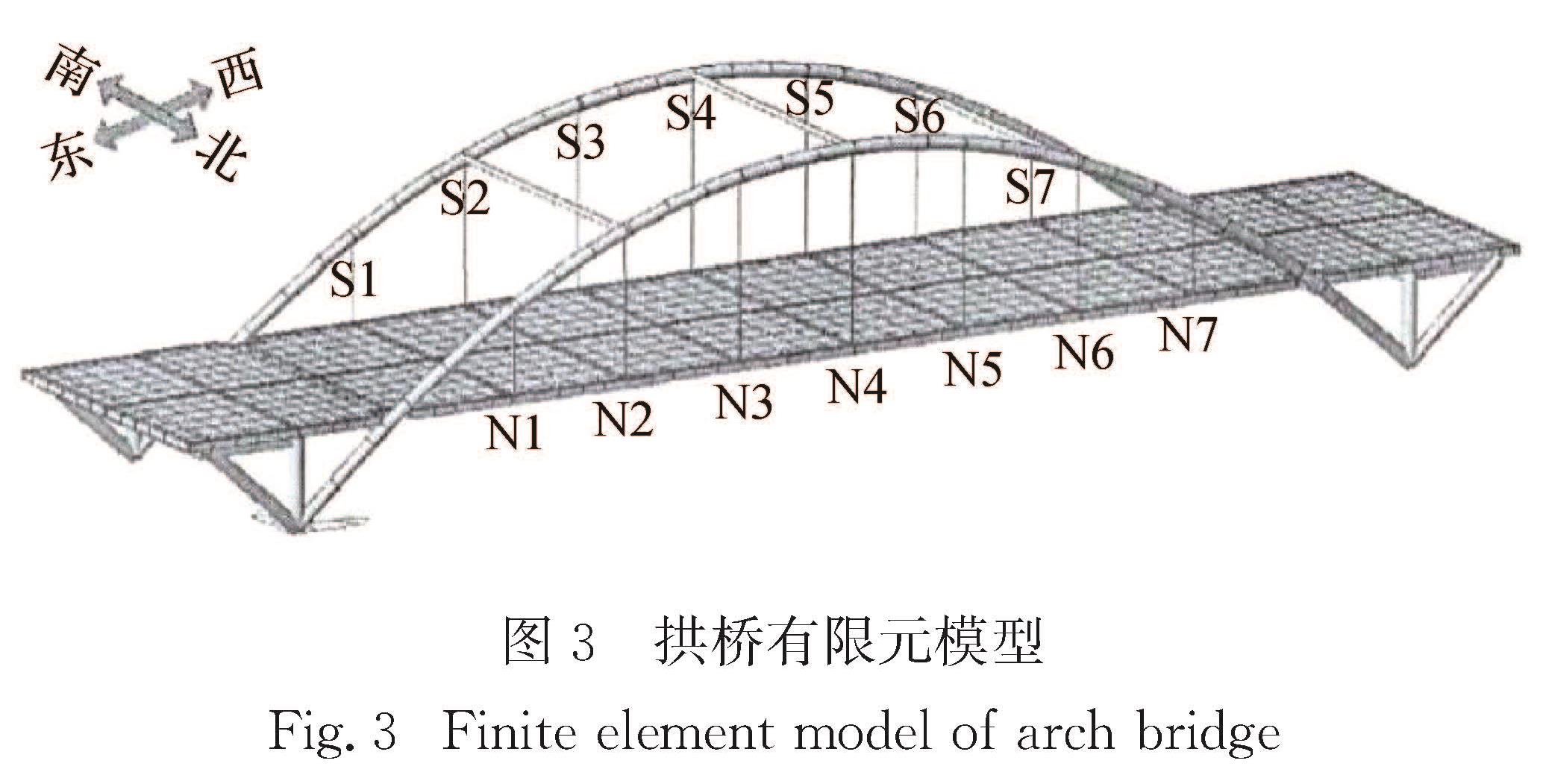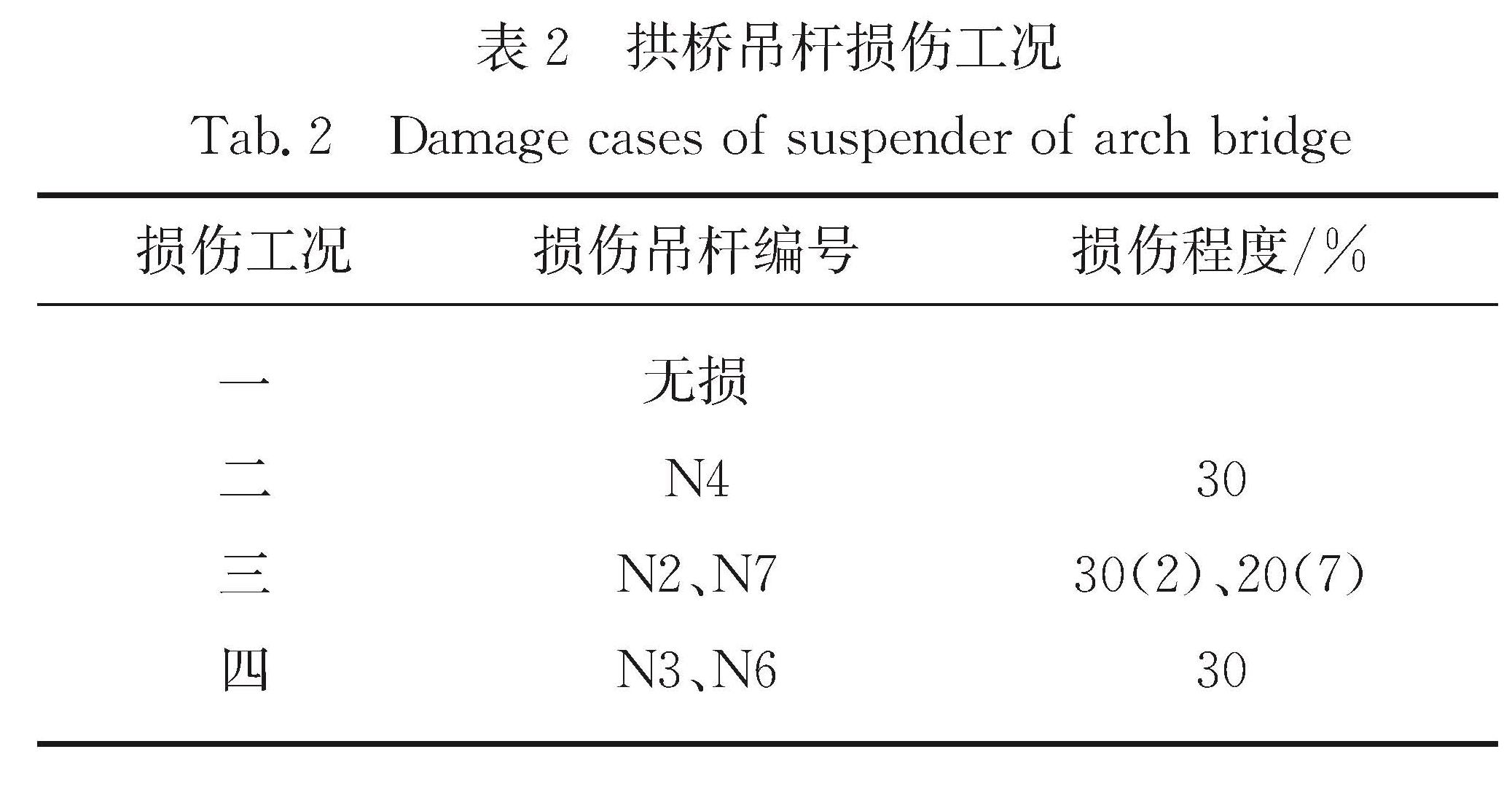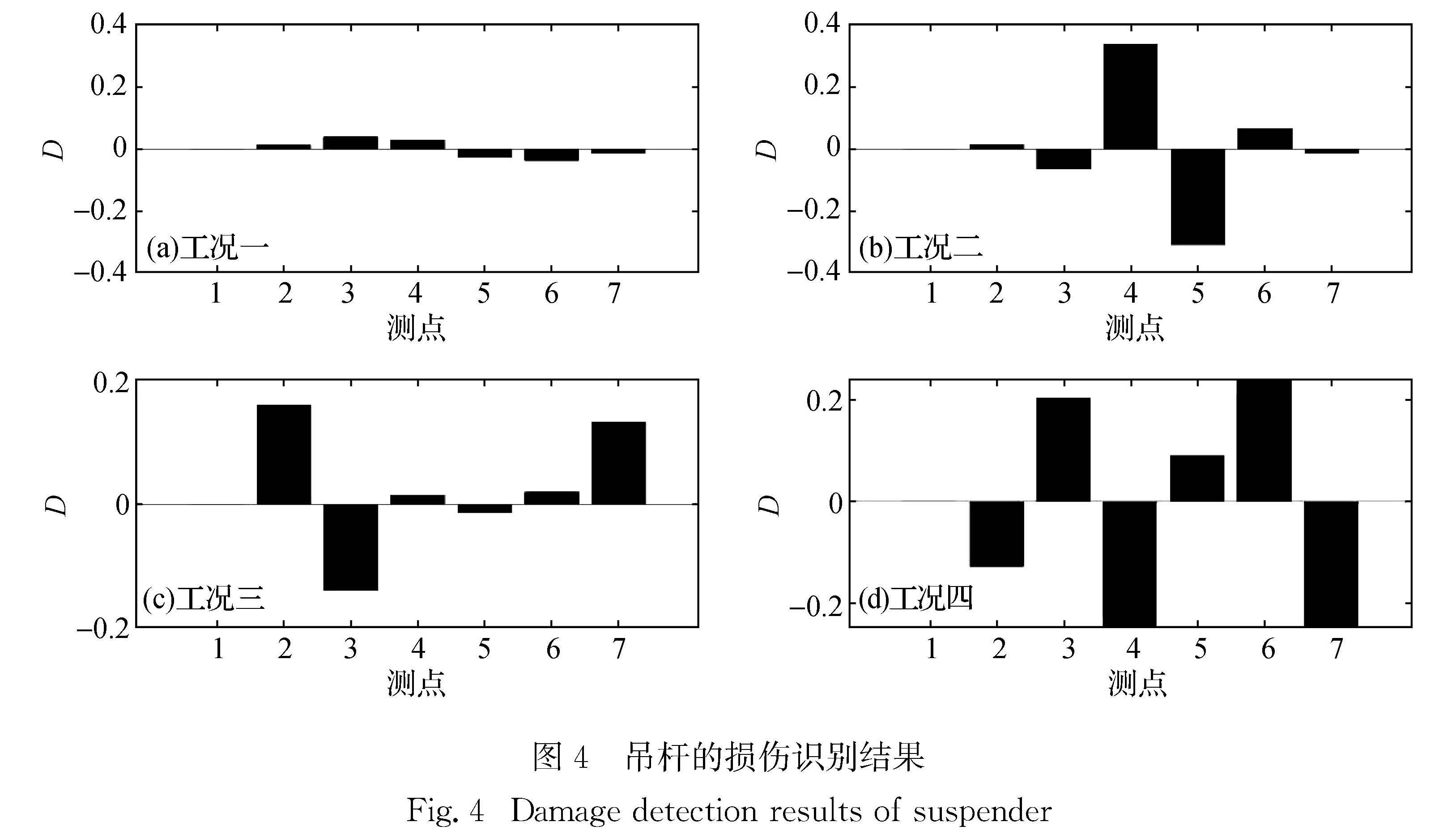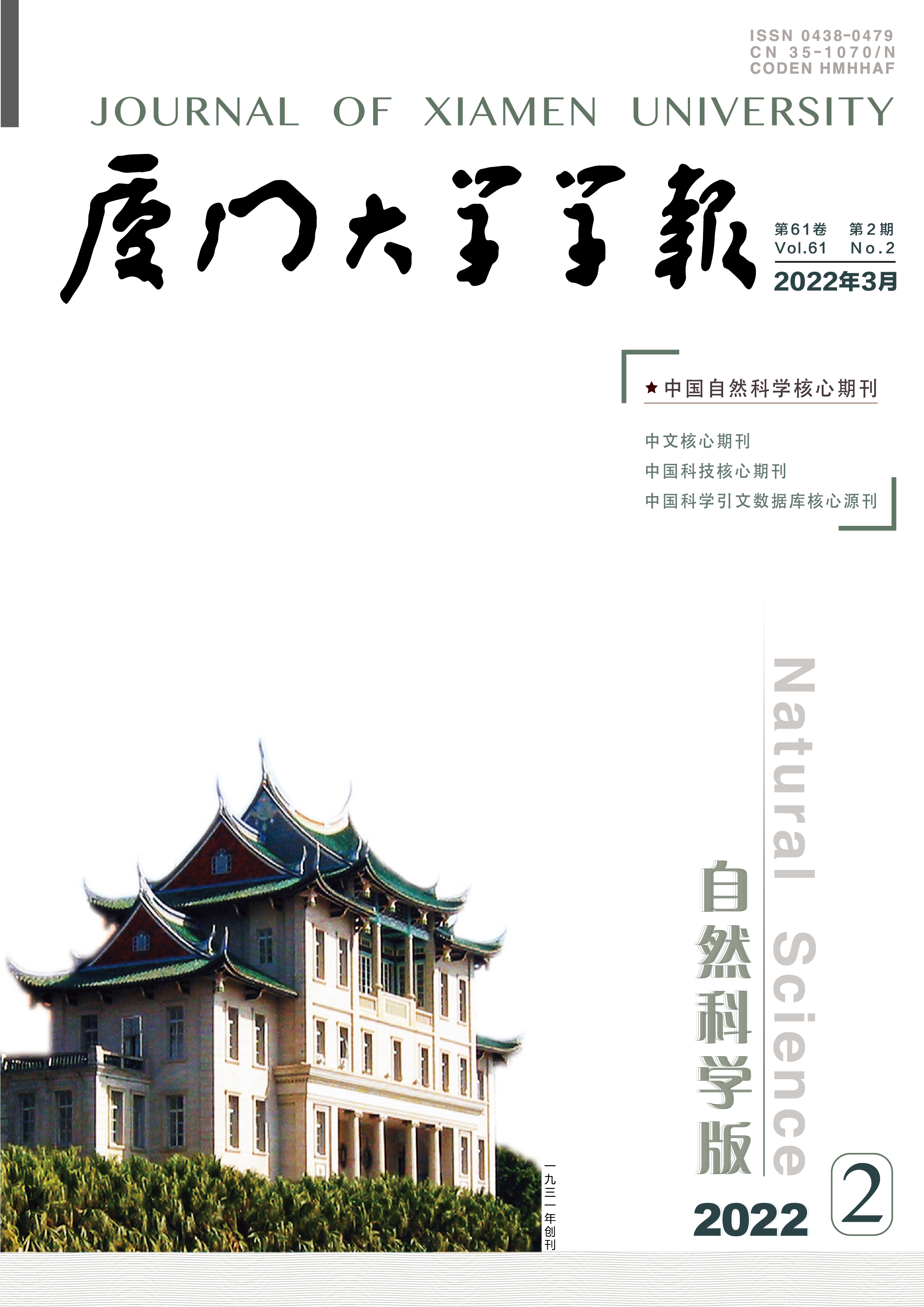基于结构动力响应进行损伤识别是目前结构健康监测常用的方法.结构动力响应同时包含了结构自身和外激励的信息,而实际工程中的外激励往往难以准确获得,特别是地震作用.因此,仅利用未知地震作用下的结构动力响应进行桥梁结构损伤识别是一项富有挑战性的工作.提出了一种仅基于结构振动响应的数据驱动方法,将小波包能量和传递比函数相结合构建损伤特征指标,实现桥梁结构在未知地震作用下的损伤定位识别.该特征指标不仅对结构的局部损伤敏感,同时可以消除外激励和频带的影响.通过对简支梁桥和中承式钢拱桥在未知地震作用下的数值模拟算例,验证了所提方法的可靠性.
Objective : Damage identification based on structural dynamic response qualifies as an effective method in the Structural health monitoring, but external excitations are often required to be known or measurable. Independently on these excitations, the structural response Transmissibility Function (TF) has been employed for the structural damage identification. As a continuation of previous research, a data-driven method based only on structural dynamic response is proposed in this study. The wavelet packet energy and transmissibility function are combined to construct damage indexes, and damage locations of the bridge structures under unknown earthquakes are identified.
Methods : Strain responses of the structure are measured due to the sensitivity of strain to local damages. Then these responses are decomposed by wavelet packet transform, and the wavelet packet energy of different frequency bands can be calculated. The wavelet packet energy TF is defined as the wavelet packet energy ratio of structural vibration response of the two measuring points in each frequency band. The damage is determined by the sum of the relative changes of the wavelet packet energy TF prior to and after the damage as the damage index, and the damage location can be identified.
Results : Numerical simulations of simply supported beam bridges and half-through steel-arch bridges under unknown seismic excitations are conducted to validate the effectiveness of the proposed method. First, the independence of the proposed method with external excitations is analyzed. Damage indexes of intact bridge structures under ambient excitations and unknown seismic excitations are compared, and the result shows closeness-to-zero of these damage indexes at all measuring points under different excitations, suggesting the independence of the wavelet packet energy TF on excitations. Then, different single damages and multiple damages of simply-supported-beam and steel-arch bridges are analyzed. The structures are subjected to different ambient excitations and unknown seismic excitations prior to and after the damage respectively. The damage location can be determined by comparing changes of damage indexes at adjacent measuring points. If the damage index Dk+1 approaches zero or negative, indicating that the structure endures no damage in the element k+1. If the damage index Dk+1 is a large positive value, the damage occurs in the element k+1. Due to the influence of measurement noises, the damage index of some undamaged elements may increase slightly. The misjudgment can be eliminated by judging whether the damage index of adjacent right measuring point approaches zero. Finally, these identification results show that the proposed method secures satisfactory accuracies and anti-noise performances.
Conclusions: A data-driven method based only on structural dynamic response is proposed for detecting structural damages under unknown seismic excitations. The utilization of TF can eliminate the influence of seismic excitations on structural responses. The wavelet packet energy is employed to extract the local damage information of structures and overcome the limitation of frequency band selection in traditional TF. Results of two numerical simulations indicate that the wavelet packet energy TF based on the strain responses qualifies as an effective damage index for damage identification methods.
Methods : Strain responses of the structure are measured due to the sensitivity of strain to local damages. Then these responses are decomposed by wavelet packet transform, and the wavelet packet energy of different frequency bands can be calculated. The wavelet packet energy TF is defined as the wavelet packet energy ratio of structural vibration response of the two measuring points in each frequency band. The damage is determined by the sum of the relative changes of the wavelet packet energy TF prior to and after the damage as the damage index, and the damage location can be identified.
Results : Numerical simulations of simply supported beam bridges and half-through steel-arch bridges under unknown seismic excitations are conducted to validate the effectiveness of the proposed method. First, the independence of the proposed method with external excitations is analyzed. Damage indexes of intact bridge structures under ambient excitations and unknown seismic excitations are compared, and the result shows closeness-to-zero of these damage indexes at all measuring points under different excitations, suggesting the independence of the wavelet packet energy TF on excitations. Then, different single damages and multiple damages of simply-supported-beam and steel-arch bridges are analyzed. The structures are subjected to different ambient excitations and unknown seismic excitations prior to and after the damage respectively. The damage location can be determined by comparing changes of damage indexes at adjacent measuring points. If the damage index Dk+1 approaches zero or negative, indicating that the structure endures no damage in the element k+1. If the damage index Dk+1 is a large positive value, the damage occurs in the element k+1. Due to the influence of measurement noises, the damage index of some undamaged elements may increase slightly. The misjudgment can be eliminated by judging whether the damage index of adjacent right measuring point approaches zero. Finally, these identification results show that the proposed method secures satisfactory accuracies and anti-noise performances.
Conclusions: A data-driven method based only on structural dynamic response is proposed for detecting structural damages under unknown seismic excitations. The utilization of TF can eliminate the influence of seismic excitations on structural responses. The wavelet packet energy is employed to extract the local damage information of structures and overcome the limitation of frequency band selection in traditional TF. Results of two numerical simulations indicate that the wavelet packet energy TF based on the strain responses qualifies as an effective damage index for damage identification methods.
